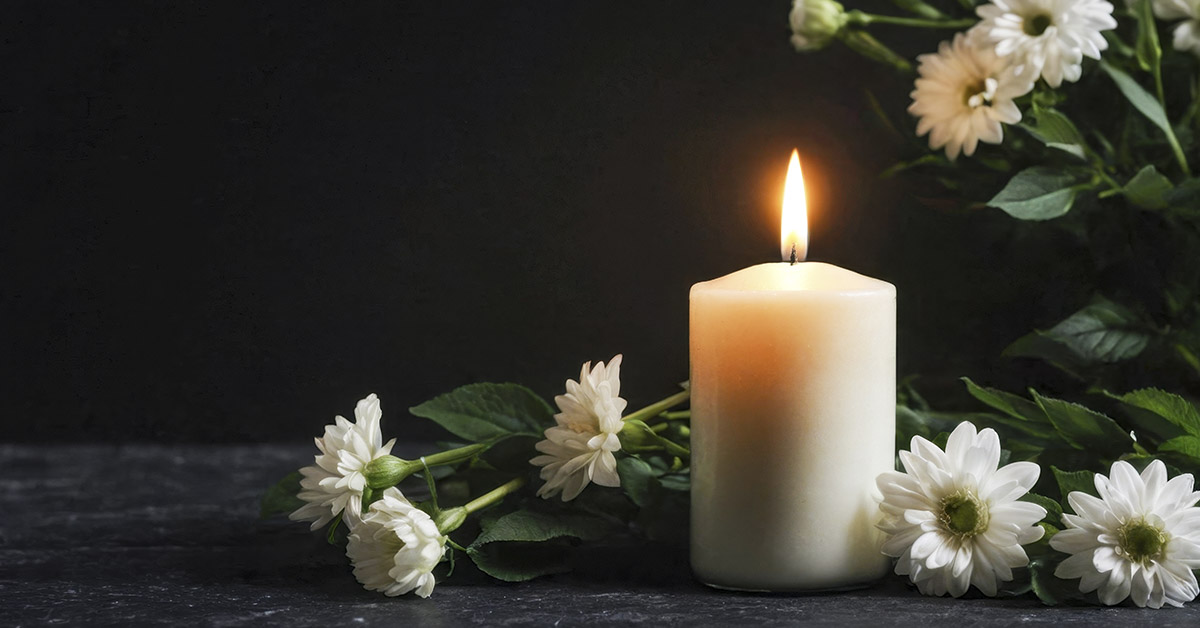All across the world, different cultures and religions have diverse practices when it comes to handling death. Some religions prefer burial, whereas others prefer cremation. However, burials take up a significant amount of land, and one cremation produces an average of 534.6 pounds of carbon dioxide. Therefore, many countries are turning towards more sustainable funeral options, such as water cremations. Boil-in-the-bag cremations are one of the new options for eco-friendly funerals. But what are the pros and cons of water cremations, and will they catch on?
Customs Surrounding Death
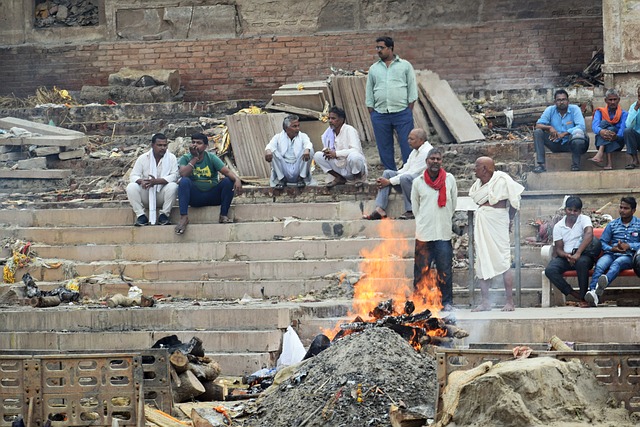
Many countries and cultures have their own unique rituals when it comes to death and the disposal of human remains. Christianity and Islam’s traditions favor burial, whereas Buddhism and Hinduism favor cremation. For example, being cremated on the Ganges River’s banks is an ancient Hindu practice that they believe releases the soul from the endless cycle of rebirth. Christians, however, prefer to keep their dead buried in one spot and marked with a tombstone. Yet, as old as these practices are, they are not really sustainable, especially considering the continuous population growth of our species.
The Emergence of Eco-Friendly Funerals
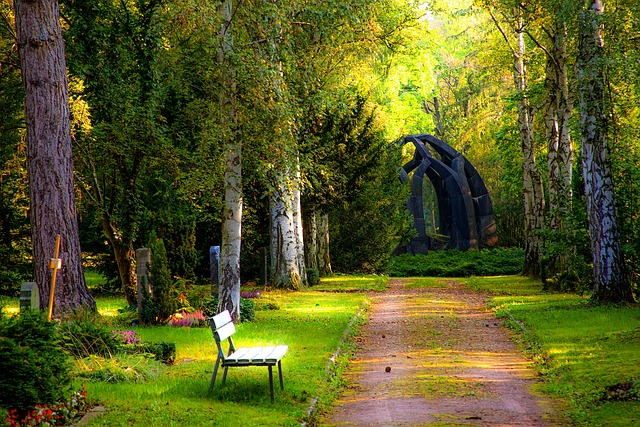
To address the issues associated with traditional funerals, we have recently witnessed the emergence of several innovative, sustainable funeral options, such as eco-friendly cremations. One such alternative is human composting, otherwise known as natural organic reduction. Using alfalfa, wood chips, and straw, the human body is converted into nutrient-rich soil through controlled decomposition. Another option is mushroom burial suits, which consist of mycelium-infused fabrics that break down the body. You may have also seen the biodegradable burial pods spoken about online. These pods allow the body to become part of the root system of a tree that memorializes your life.
The Appearance of Water Cremation
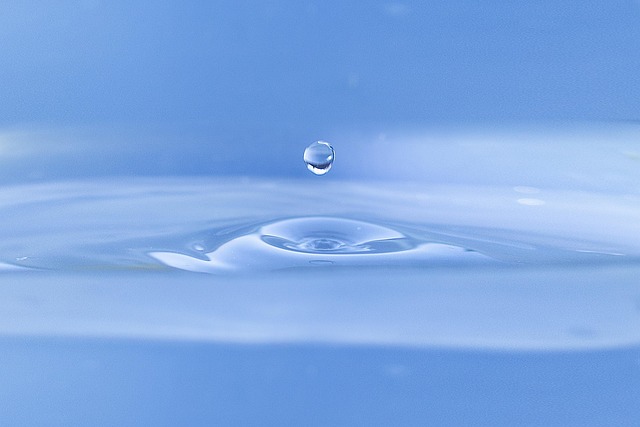
Among the latest of these eco-friendly funerals to emerge is alkaline hydrolysis aquamation, otherwise known as boil-in-the-bag cremation. This method uses water, alkaline chemicals, pressure, and heat to break down the body and turn it into pieces of bone and liquid. The whole process can take anywhere between 2 and 18 hours. The teeth and bone are the only sold things that remain after the process and are given to the family. The rest of the body, however, turns into a liquid, which is then flushed down the drain. The British Law Commission is now proposing the legal approval of water cremation.
Read More: This Ice Urn floats While Slowly Returning Cremated Remains to Nature
No Regulatory Approval

The Law Commission has stressed that aquamation is different from cremation and burial, yet there is, as yet, no regulatory approval for it. This has effectively barred its use in Britain. However, there are several countries across the globe that have already adopted boil-in-the-bag cremation. In Canada, it has been approved in places such as Saskatchewan, Quebec, Ontario, Newfoundland & Labrador, and the Northwest Territories. In the United States, it is legal in around 28 states. It has also been available in South Africa since 2019 and in Ireland since 2023.
The Consultation
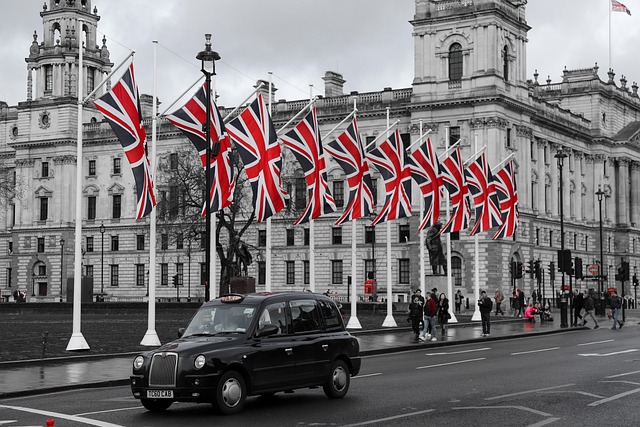
A consultation on approving water cremation in the United Kingdom was launched by the Law Commission in June 2025. It proposes that the current laws be changed to allow for new eco-friendly funerals and for regulations to be defined. It was also proposed that there be criminal offences for improper use of these methods. As part of an authorized study in 2019, five bodies were placed in alkaline hydrolysis. They found that the entire process took around 4 to 18 hours to complete, depending on factors such as water temperature and chemical concentration.
Read More: Funeral Home Adopts Bernese Mountain Dog to Comfort Grieving Families
Technical Analysis

The analysis was conducted by waste wastewater specialist Dr Lian Lundy of Middlesex University. She found that the water the bodies boil in is full of compounds that are safe to be put into the wastewater supply. According to Dr Lundy, “We collected the wastewater and analysed it for the sort of parameters used for trade effluent, and all the pollutants that we looked at fell well within the range of values they would accept. From a water quality perspective, our study didn’t indicate there were any issues with discharging to the sewer.”
Social Acceptability Challenges
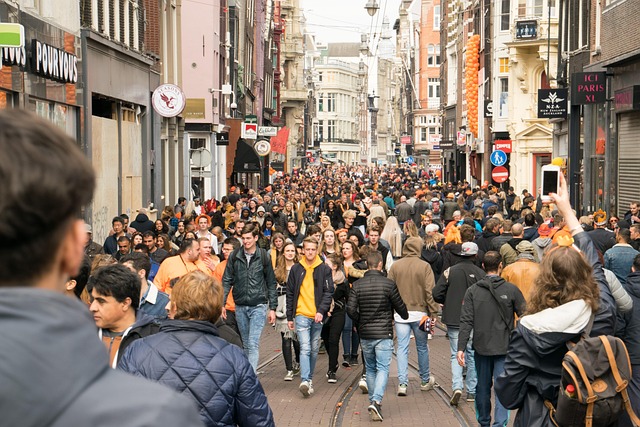
One of the biggest challenges facing the implementation of this process would be it being accepted socially. Considering it’s a new process that is not well understood by the general public, opinions can often be swayed by the idea of flushing a loved one down the drain. We associate the drain with sewerage and fecal matter – not exactly the image you want to have associated with a family member. Yet, when weighed up against the unsustainable practices of burial and cremation, it may actually be more “humane” in the long run. After all, while we must pay respects to the dead, we need to consider those living on this Earth, too.
The Bottom Line

Our current funeral practices have long-term environmental consequences. We need to start implementing more sustainable funeral options, such as water cremation. While boil-in-the-bag cremation may at first sound disturbing, science has shown that it is safe, efficient, and far better for the environment. However, there are still certain regulatory issues and changes in public perception that would need to occur for it to be adopted.
Read More: Teacher’s Dying Wish: Backpacks Full of Supplies Instead of Flowers at Her Funeral
